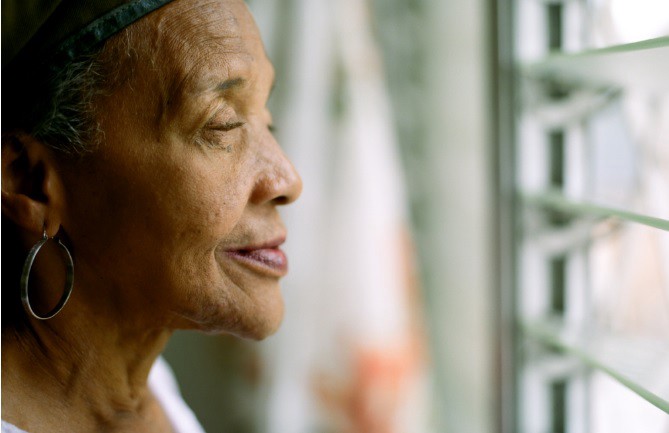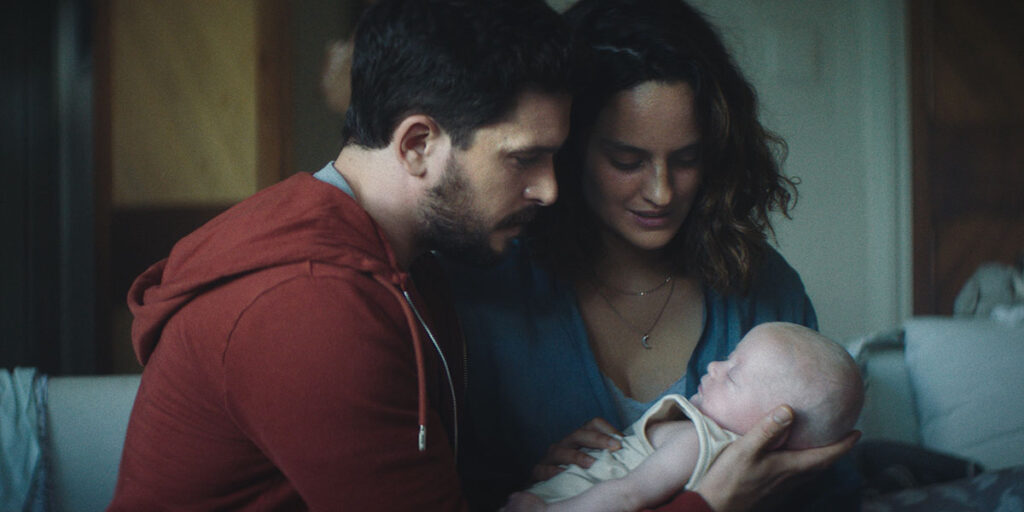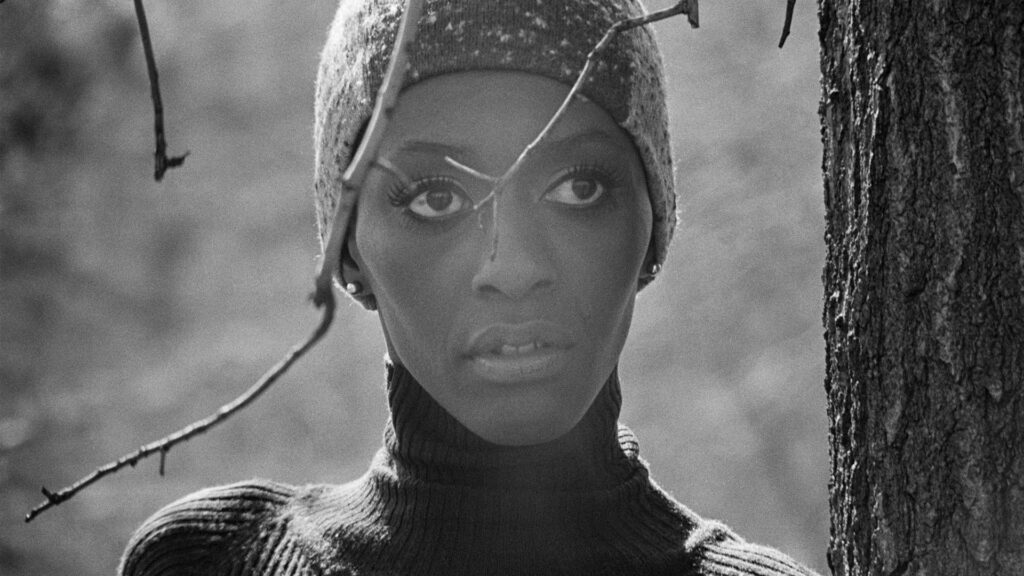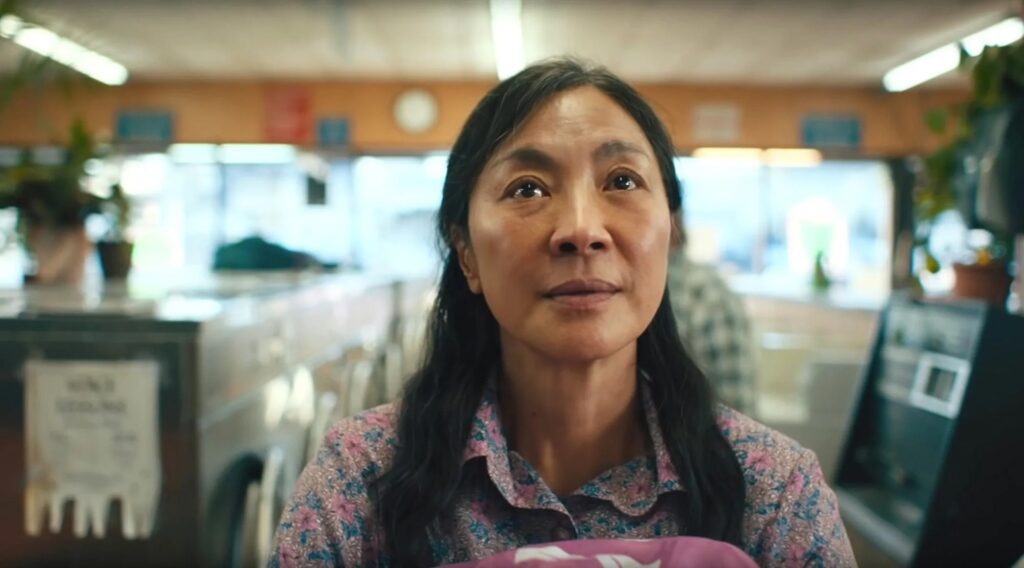Jennifer Redfearn is an Academy Award-nominated director and producer. She directed and produced “Sun Come Up,” nominated for an Academy Award and the IDA’s Pare Lorentz Award. Redfearn has directed and produced television documentaries for PBS, the BBC, National Geographic, CNN and the Discovery Channel and has produced several short documentaries and multimedia pieces for MediaStorm. She founded Red Antelope Films in 2010 with her partner, Tim Metzger. (Press materials)
“Tocando la Luz (Touch the Light)” will premiere at the 2015 DOC NYC Film Festival on November 15.
W&H: Please give us your description of the film playing.
JR: “Tocando la Luz (Touch the Light)” weaves three stories — all set in the blind community of Havana, Cuba — into a tale of personal independence. An up-and-coming singer searches for confidence, a young woman in love longs for motherhood and a veteran of the Revolution comes to terms with the death of her husband. The women guide us through Cuba’s current economic and social landscape while pursuing their dreams and breaking through limitations.
W&H: What drew you to this story?
JR: I was drawn to Cuba because of its rich culture and fierce independence as a small island nation. Most Americans see little of the daily life behind ubiquitous images of Fidel Castro and crumbling buildings. I was looking for an unexpected story that offered a new way of understanding Cuba.
Each time I returned to Cuba, the families invited me deeper into their lives, and the common themes of struggle and independence emerged in all three stories. I felt that Cuban tradition of struggle reverberate through their lives and culture. It echoes in the daily life of Havana, in the symphony of the city. It’s seen in the way people greet one another and the Revolutionary slogans painted on city walls. It pulses through their music and art.
W&H: What was the biggest challenge in making the film?
JR: My grandmother, who was a big-hearted woman and one of the greatest loves of my life, was very ill during the last year of production. Every time I left the country, I worried about whether I would see her again. We followed one of the characters from Havana to Guatemala. On our second day in Guatemala, I received a phone call from my mother. She told me that my grandmother was in the hospital and may not make it through the night.
It took 12 hours to travel from Antigua, Guatemala, to Boston, MA. I’m very grateful to our Guatemalan crew, who made a heroic effort to get me back to Guatemala City and on a plane in record time. I made it back just in time to say goodbye to my grandmother before she passed away. The film is dedicated to her.
W&H: What do you want people to think about when they are leaving the theater?
JR: Cuba has a strong and unique national culture — a well-educated population, strong cultural institutions, incredible music and art — and Cubans have a deep and abiding appreciation for community and family, particularly elders and children. My hope is that this film gives audiences a picture of life in Cuba that is irreducible, as well as warm, illuminating and deeply human.
W&H: What advice do you have for other female directors?
JR: I’ll borrow a line from the film: “Fight, fight and always fight.” Or in Spanish, “Lucha, lucha, y siempre lucha.”
W&H: What’s the biggest misconception about you and your work?
JR: One of the biggest misconceptions about the film came from a marketing man who told me that our audience was women aged 40 to 60. One of the film’s biggest fans is a twenty-something male musician. And men from around the country have connected to the women’s stories.
Stories that focus on men are considered by some to be universal, while stories that focus on women are considered to be niche. And I don’t accept that. I don’t make women’s stories. I make human stories.
W&H: How did you get your film funded? Share some insights into how you got the film made.
JR: “Tocando la Luz” was funded by ITVS, Fork Films, Chicken and Egg Pictures, NEA, NYSCA, NYWIFT (Loreen Arbus Disability Awareness Grant) with distribution funds from Wave Farm.
W&H: Name your favorite woman-directed film and why.
JR: One of the first woman-directed films I saw in a theater was Pietra Brettkelly’s “Beauty Will Save the World” in 2003. It’s a quirky vérité film following Libya’s first beauty competition, with scenes of Western competitors encountering Libyans and Libyan culture for the first time. It also includes unexpected footage of Muammar Gaddafi. Brettkelly went beyond the headlines to find a unique and unexpected story, and it altered my understanding of what’s possible in documentary filmmaking.







